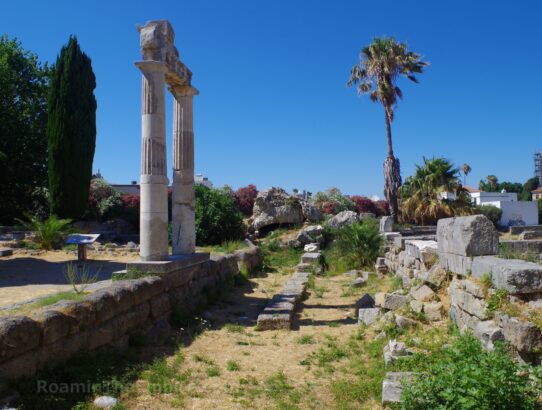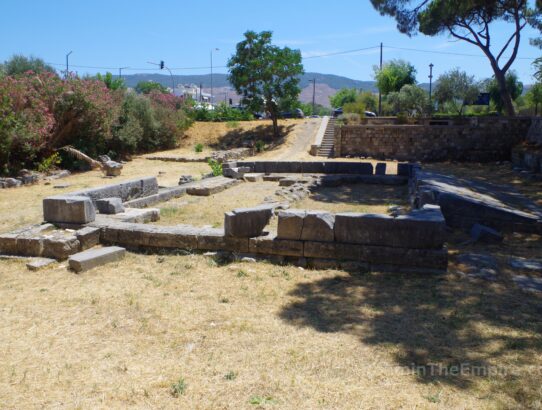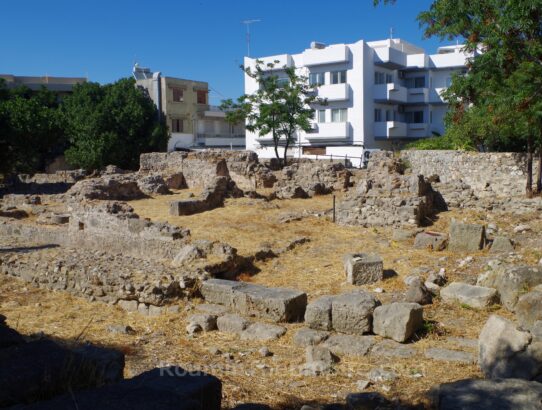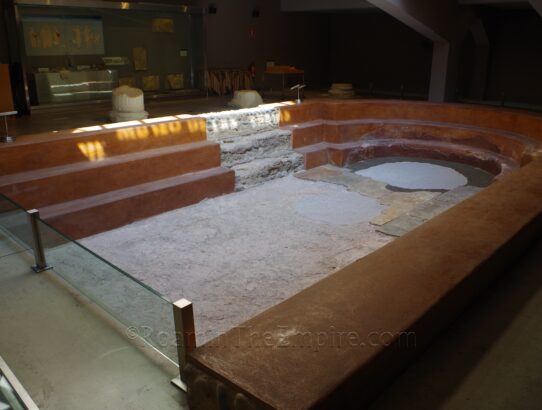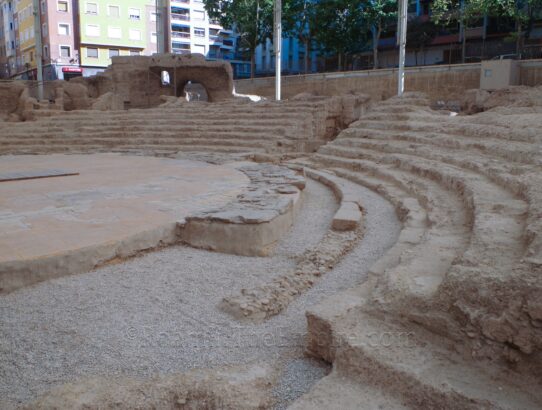Salona, Dalmatia – Part III
Continued From Salona, Dalmatia – Part II Along the exterior (east side) of the wall from the Porta Caesarea for about 70 meters north are the remains of portions of some residential insulae dating to the 3rd century CE. The pavement of a cardo running relatively parallel to the walls can be seen and the…
Read More






